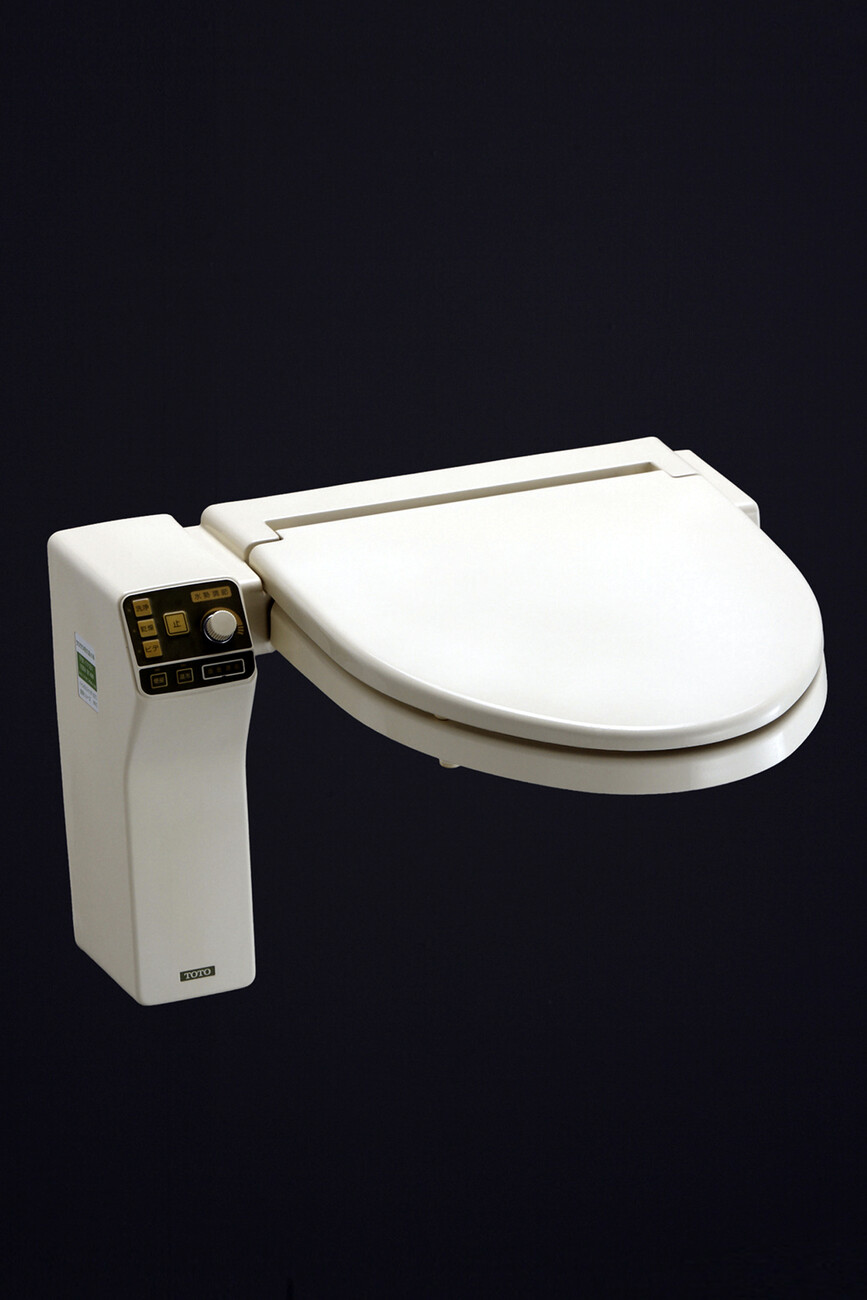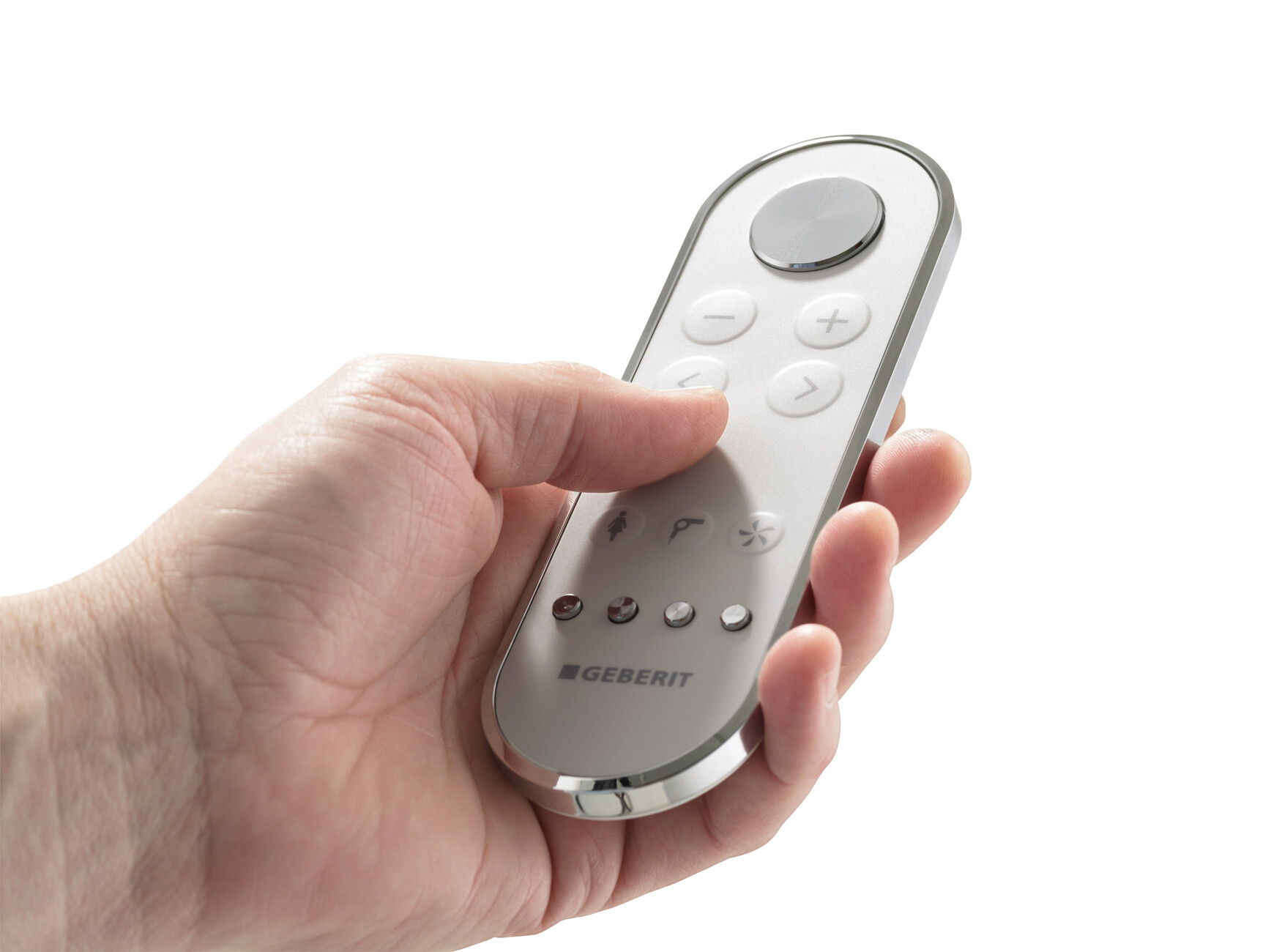The ultimate butt shower
The washlet, invented by the Japanese, is now being championed in Europe. Toto presents “Neorest,” a mixture of motorcycle seat and space capsule.
One of the great achievements in human history is enabling access to clean water. And safely disposing of sewage is probably just as important. The indispensable rule here is that both systems must be kept separate at all costs. In its small Smart Alec series “Früher war alles schlechter” (“Everything used to be worse”), DER SPIEGEL magazine recently reminded us what progress really means: In 1990, or so the figures Unicef and the WHO published, only 2.6 billion people had access to sanitary systems. In 2015 the figure was already five billion – despite the fact that over the same period the world’s population had risen by two billion and each day there are more than 200,000 new children born. Certainly not an ideal state, but a key achievement nonetheless.
Democracy, understanding between nations, being able to get on with one’s neighbors despite cramped space – all of this may well depend on reliable water supplies and disposal. Which is why one should treat plumbers with respect. At the international ISH trade fair this is not always easy, especially as many of them move about with all manner of pennants, footballs, toolboxes and caps from the brand-name manufacturers.
Technicians, hotel operators and soon all of us will be wooed with a new kind of progress in hygiene. It comes from Asia and goes by the name of a washlet, which refers to a hybrid of toilet, bidet, shower and blow dryer along with a special remote control – a system many in the West still look down on. Time on the toilet becomes something like intimate personal care. Not everyone likes the washlets, and only a few have already tried them. At the ISH 2017 they tend to be presented unusually high above the ground to enhance their visibility and the water flow covered by transparent plastic to stop the general public getting wet – which makes them look especially grotesque.
All the toilet and bathroom manufacturers who have a high opinion of themselves are now offering such appliances. They may make toilet paper superfluous, but even in standby mode require a lot of electricity, in particular if there’s a seat heater or butt dryer included.
Full of self-confidence, Japanese makers Toto are celebrating their 100th anniversary in Frankfurt. The first washlet was marketed in Japan in 1980, and since 2009 the brand has been on the ground in Europe. At the booth the latest, freestanding model from the “Neorest” series dominates the presentation. It is huge, somehow reminiscent of a double motorcycle saddle or space capsule and is so organically shaped one might think it stemmed from the glorious days of Luigi Colani.
“Neorest” is heated, has special self-cleansing functions and is made of ultra-smooth ceramic. The water in it is electrolytically treated before being sent gushing full circle round the basin. Whether this baby will ever be marketed in Europe is unclear. But so what? Toto is celebrating the washlet principle, itself, and once again showing where things are heading.






















